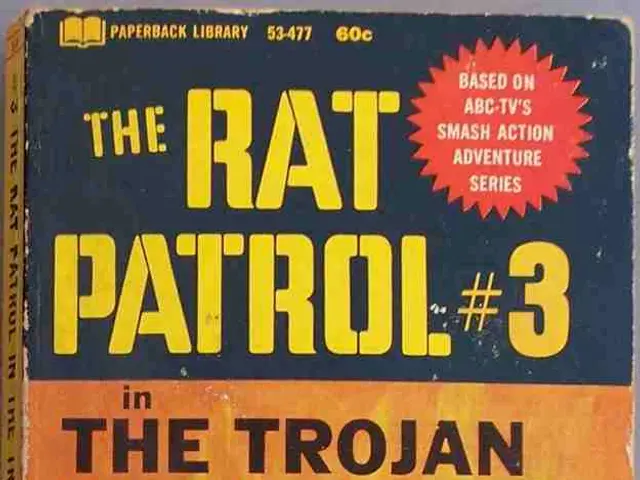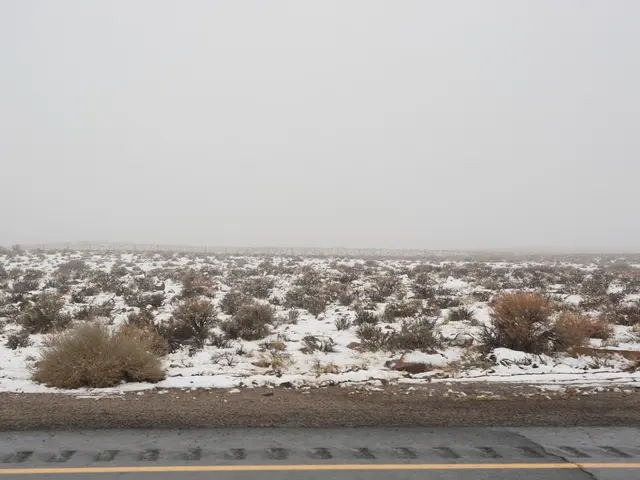Divergent Strategies of Tesla and Waymo in Developing Robotaxis Set to Influence Autonomous Transportation Landscape
In the world of autonomous vehicles, two tech giants are leading the charge: Alphabet's Waymo and Tesla. Both companies are making significant strides in offering paid, fully autonomous ride-hailing services, but their approaches differ.
Waymo, the only company in the United States currently offering such a service open to anyone, operates in areas with approximately 3% of the U.S. population. The company has been careful in its expansion strategy, engaging with local authorities and communities before launching services to ensure regulatory and social acceptance. Waymo's autonomous ride-hailing services are currently available primarily in Phoenix, San Francisco, Los Angeles, and Austin.
On the other hand, Tesla, led by Elon Musk, is known for its faster approach. Tesla's robotaxis use AI that reacts to road conditions much like a human would, requiring less-extensive road testing and mapping. Tesla launched a trial robotaxi service in Austin, Texas for select fans in June, and Musk has stated that Tesla's driverless taxis could be available to "half the population of the U.S." by the end of this year.
However, both companies have faced challenges. In Austin, Waymo encountered problems and rankled some city officials during its autonomous ride service. Austin Police Lieutenant William White stated that Waymo vehicles have ignored officers' hand signals and driven into dangerous situations. Police have issued three citations to Waymo since March, but the process for citing a driverless vehicle is time-consuming.
Meanwhile, Tesla is awaiting approval in Arizona and looking to expand to states including Nevada and Florida. Tesla's expansion strategy seems to be more aggressive compared to Waymo's, but the company is yet to reach out to D.C.'s Department of Transportation.
Waymo, in response, has been actively lobbying for its cause. The company has hired three outside lobbying firms and is circulating online petitions urging residents to "help bring Waymo to DC!". Waymo spokesperson Chris Bonelli stated that the company has had "robust engagement" with Austin police and fire officials for more than two years.
The D.C. city council, however, has been waiting years for a report from the city's transportation department on recommendations for commercial driverless-vehicle rules before moving ahead. The slow pace of regulatory approval is a hurdle both Waymo and Tesla must overcome to expand their services across the U.S.
In May, a Waymo vehicle drove into flood waters, a "huge concern" to White. School representatives from the Texas School for the Deaf took demo rides in Waymo vehicles ahead of the launch, but it remains to be seen how the company addresses such safety concerns in the future.
As the race for autonomous ride-hailing services heats up, both Waymo and Tesla are pushing the boundaries of technology and regulation. Only time will tell who will emerge as the clear leader in this exciting new frontier.
Read also:
- Industrial robots in China are being installed at a faster rate than in both the United States and the European Union, as the global market for these robots faces a downturn.
- Hyundai N affirms transition to hybrid performance-centric models, initiating with Tucson N
- EAFO Research Uncovers Crucial Elements in Electric Vehicle Adoption within the EU
- Stock markets in India anticipated a moderate opening, influenced by mixed signals from global markets.








